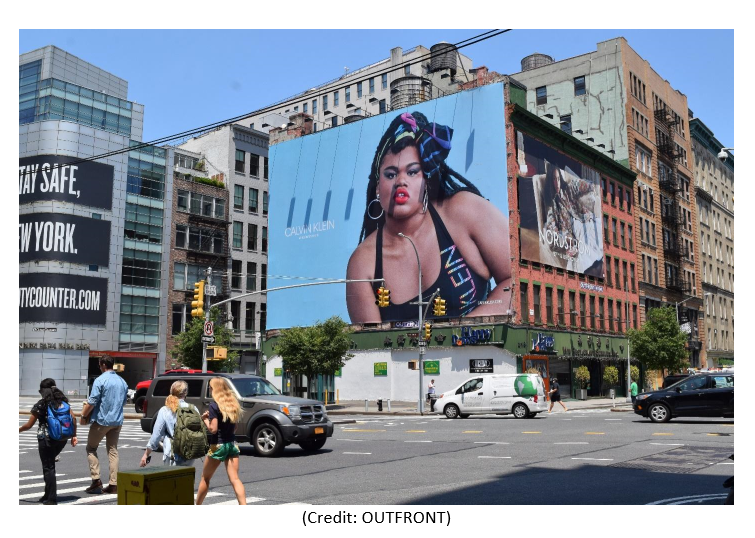The platforms brands use, the content they are adjacent to, and their messaging (or lack thereof), reflect their truth and identity. Brands must revisit their values and align their messaging accordingly to relate to the 2020 consumer experience.
Recent research shows 43% of people wanted to hear from brands during this time and 57% of consumers think less of brands that remain silent.
Over the past few weeks, we have been reminded that voice and content do not live in a vacuum; over 800 brands are taking a pause from paid advertising across social networks because they don't want to be associated with hate speech and extremist views that persist on some platforms.
Perhaps Marshall McLuhan, the seminal media theorist, predicted the power of platforms to shape the advertising that runs on them when he claimed, "The medium is the message."

Content, especially paid promotional content, is a part of an ecosystem, and brands today need to be mindful where and how their voice is shared. In an interview with CNBC Stephan Loerke, CEO of the World Federation of Advertisers, commented on the importance of media placement, saying "The way you allocate your media spend, where you put your ads, talks about your company."
Indeed, a brand must resonate with consumers in a memorable and reassuring way, while still reaching their target consumers in the right places to have a meaningful impact on their business. In summary: a tall and complicated order, especially at a time when messages proliferate across the Internet and can show up next to unsavory content inconsistent with a brand's vision of itself.

Enter out-of-home advertising. The core of OOH advertising — big, bold, and highly public canvasses — creates a prime opportunity for sharing brand messaging. Especially now after months of isolation in our homes, there is a new sense of joy found outside – whether that's our daily walks, takeout pickups, or meet-ups with friends for a socially distanced hangout. We are all fatigued from digital scrolling and are hyper aware of what is going on IRL. With OOH, a brand's message is the only content, so brands can share their voice, take ownership of an environment, and shape it. OOH is brand-safe.

The impact of sharing a brand's voice offline is real. In June, Calvin Klein used a single billboard in Soho, a shopping district in NYC, to align their brand name with actress, model, and activist Jari Jones, a Black transgender woman. Calvin Klein's advertised voice and image was amplified organically online, garnering well over 110M press and social impressions, according to data reviewed by OUTFRONT Media. About the campaign and its presence, Jones commented, "I almost think the billboard is like looking into the future."
We are seeing many more brands align with different social movements in progressive ways through OOH media. Twitter understands the power of the physical world and adjusted its advertisements to showcase voices of Black creators, originally curated online, on billboards in major cities where protests are happening.
These are just two of many examples. OOH allows brands to deliver impact in communities directly with an authentic communication of their voice.
Brands today are spending valuable time assessing and understanding the environments in which they exist and the communities they impact. I expect that more brands will turn to OOH as we move closer to the election; it is a one-of-a-kind medium that provides a safe platform to share messaging while fostering conversations and shaping a local environment.
Most importantly, the tangible IRL impact of OOH provides a level of authenticity that amplifies voice and connects with people as they safely enjoy some much-needed time outside of their homes.
This article originally published on Street Fight.
Photos courtesy of OUTFRONT
Click the social buttons to share this story with colleagues and friends.
The opinions expressed here are the author's views and do not necessarily represent the views of




